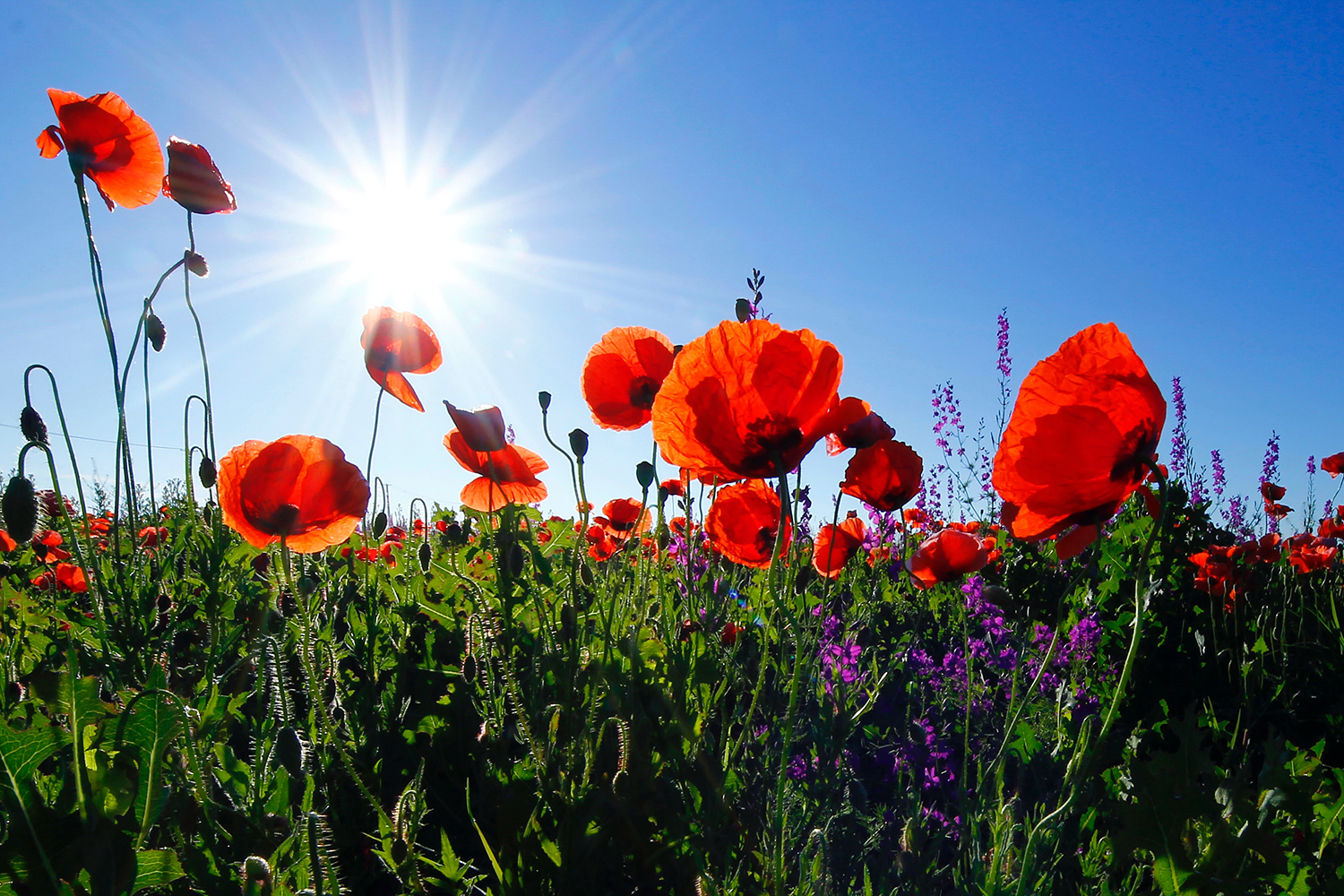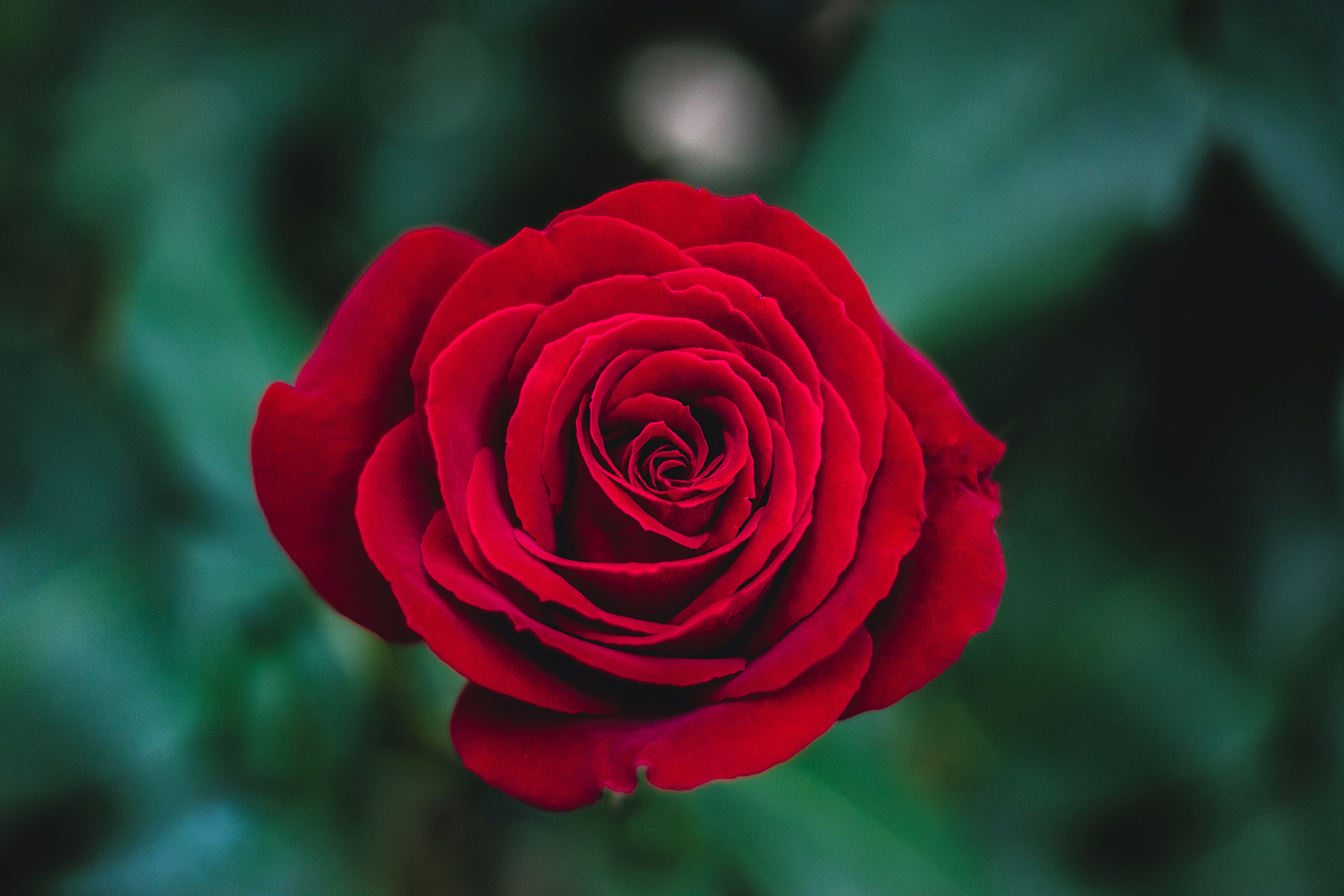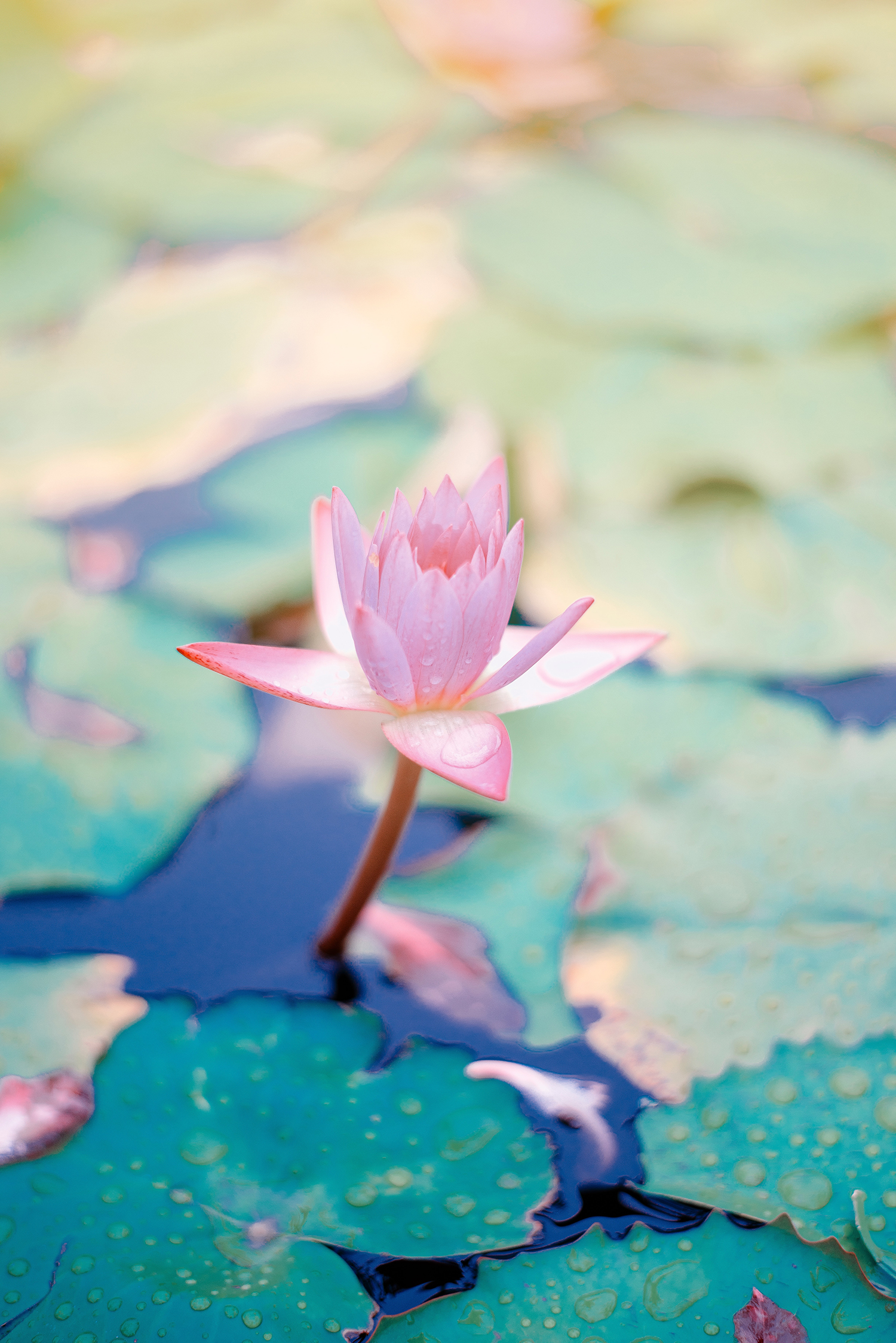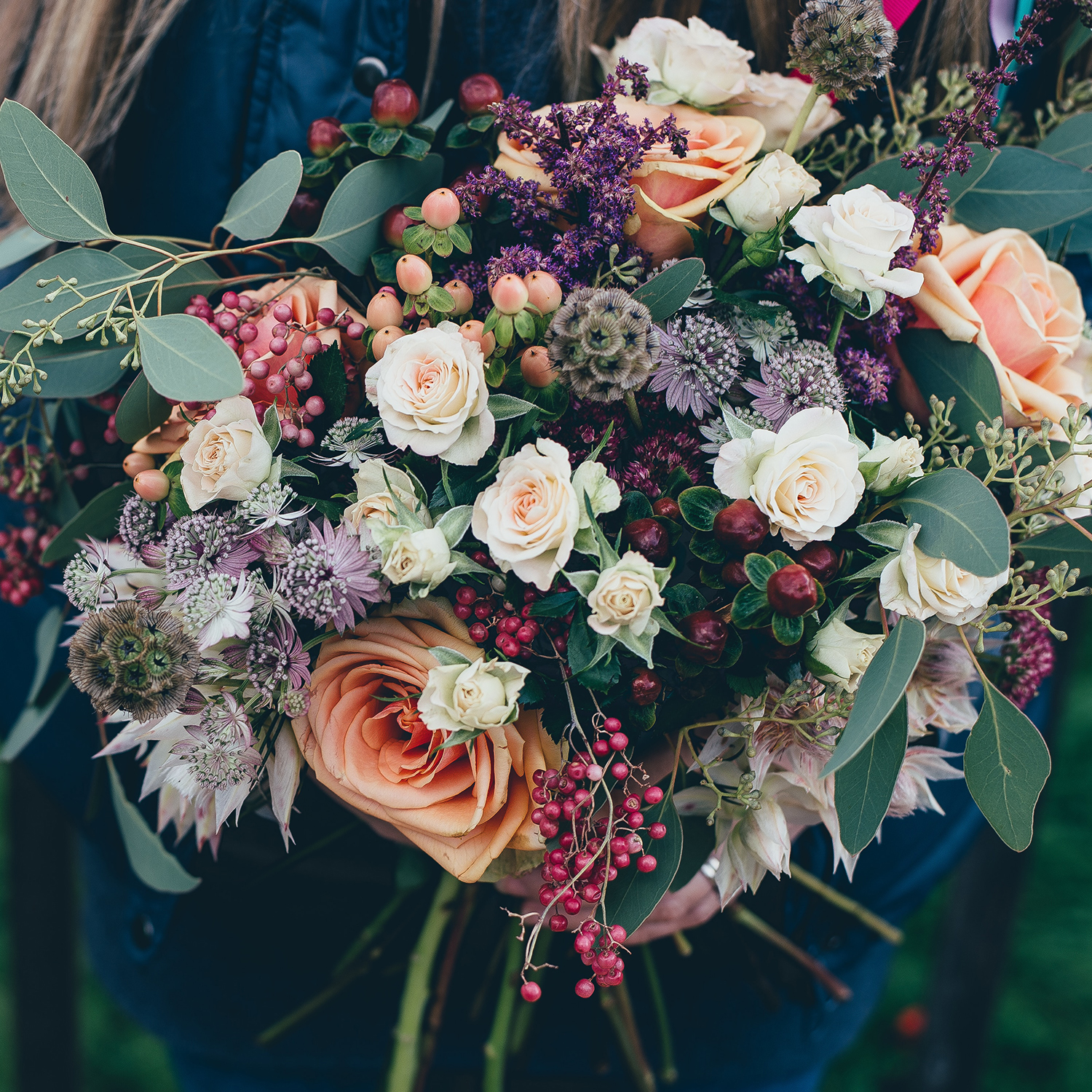How to Capture Phenomenal Flower Photographs
So many people love taking photos of flowers. Why? Because they’re beautiful! The millions of flower species in the world mean that there’s no end to the variety of photos you can take – some photographers spend a lifetime dedicating their craft to photographing flowers and plants.
It’s the accessibility of flowers and their potential for gorgeous shots that make flowers perfect subjects to practice the principles of composition and all the other techniques which lead to photographic mastery.

While flowers are undoubtedly beautiful on their own, there are several techniques you can use to ensure that your flower photography looks more like art than a series of snapshots. Here, we’ll cover a few to get you started.
1. Scout for your subject
First things first – find your subject! You may choose to shoot a single flower, a bunch of them, or an entire field. Already, the possibilities are endless. If you don’t live in an area where it’s easy to find wildflowers, search your location for a botanical garden, a public park, or anywhere else with some good landscaping. Just be careful not to trespass on private property during your photoshoot!
If all else fails, visit a local florist and purchase some flowers to photograph at home. Not only does holding an indoor photography session offer plenty of flexibility, but it also allows you an opportunity to handpick the subjects of your shoot.

2. Remember the principles of composition
When it comes to the rules of basic composition, shooting plant matter is no different than photographing human subjects.
Use what you know about angles, framing, balance, proportion, leading lines, the Rule of Thirds, and strategic contrast to make the flora in your shots pop with all the beauty they exhibit in the real world.

Learn all the ins and outs of flower photography with the Fabulous Flowers guide from Photzy. It’s a must-read if you want to improve your flower photography.
3. Set the background
If the flower itself isn’t entirely filling the frame of your shot, carefully consider the background and ensure that it complements the flower rather than distracting from it. Blurred backgrounds can be particularly good choices for flower photography, as the blur provides contrast to the sharp lines of the flowers themselves. To accomplish this, set a wide aperture to achieve a shallower depth of field.
If shooting indoors, you have the opportunity to get even more creative by shooting in front of different wallpapers and playing with complementary patterns and colors, which will bring out the best of the flowers you’re photographing.

4. Eliminate distractions
When you’re planning your composition, keep distractions to a minimum – flowers are beautiful and detailed enough to provide plenty of interest without the addition of other elements. I would argue that it’s precisely because of flowers’ gorgeous and unique appearances that photographers should eliminate as many distractions as possible.
Be on the lookout for other types of distractions, too. For instance, overexposed parts of the photograph may lead the eye to unsightly “hot spots,” and noise or graininess will also draw the viewer’s eye to pixels that stand out (and not in a good way).

5. Use a macro lens
While you certainly don’t need a macro lens to take some gorgeous, professional-looking shots, many photographers prefer to use a macro lens for flower photography in order to capture more detail and fill the frame with the unique textures and colors of their flowery subjects. These lenses provide an opportunity for closeup shots unlike any other.
The best part? Using a macro lens is no different than any other type of lens, so you won’t need to learn any special skills to put a macro lens to immediate use. Simply adjust your composition to account for the focused nature of your shot, then take photos the same way you would with any other lens!
Keep in mind, however, that shooting very close to the subject greatly reduces the depth of field, so take care when you focus.

6. Embrace variety
Beginning photographers might wonder just how many ways it’s possible to photograph a single flower. How do more experienced photographers nail so many artistic shots of a single subject, all of them unique and eye-catching? The keys are framing, backgrounds, lighting, and viewpoint.
Practice utilizing a variety of framing techniques such as full-length photos, close-up shots, or somewhere in between. Then, experiment with different backgrounds, particularly how they reflect light and affect the subject’s appearance. Finally, you can adjust your viewpoint from shooting your subject at eye level to standing directly above your subject (and everything else along the way).

7. Try focus stacking
If you prefer to have the entirety of your photograph in focus, you may have some trouble achieving this in the field due to the close shooting distance required for flower photography. Thankfully, there’s a way around this! Take a series of photos from varying focus distances, then stack them during the editing process. This will result in a single photo, entirely sharp and focused!
Putting these tips into practice will transform the way that beginners and experienced photographers alike embrace flower photography, so get out there and try them out for yourself!
Learn all the ins and outs of flower photography with the Fabulous Flowers guide from Photzy. Read this new ebook – and you’ll be creating beautiful flower photography, guaranteed!
